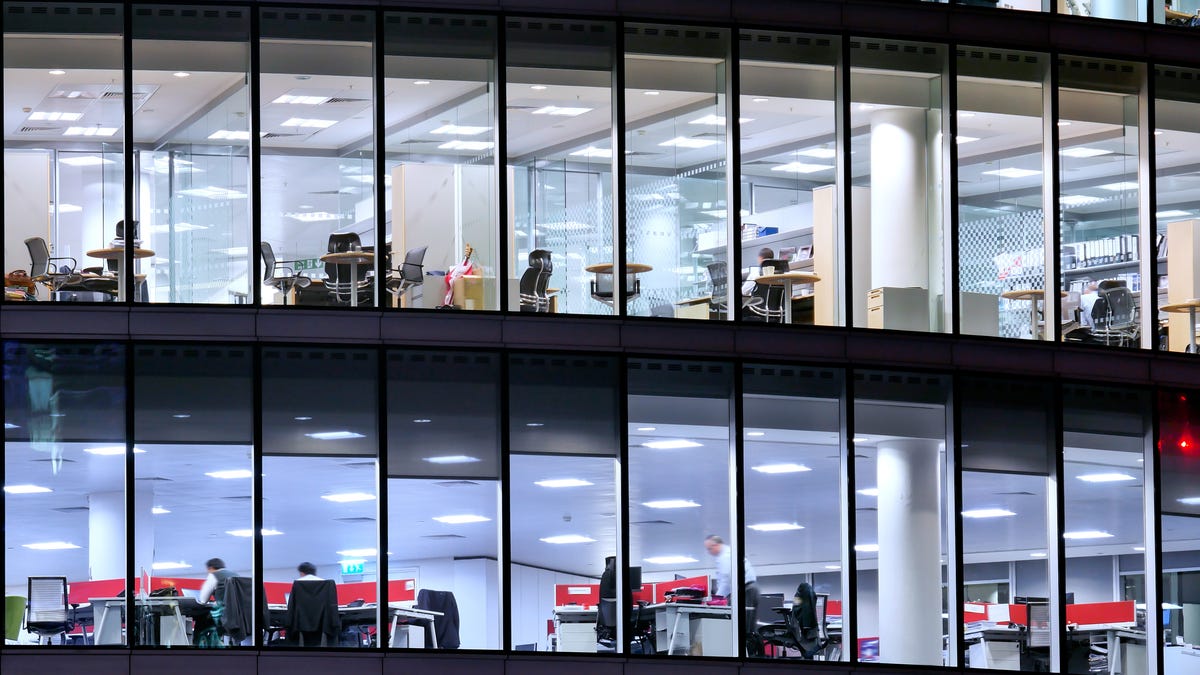RTO, which stands for “return to the office,” has become a widely used term in recent times. With various companies demanding employees to come back to the office, RTO has caught the attention of many individuals.
According to recent reports, the implementation of new in-office policies in September has affected around 1 million workers and resulted in high attendance rates. In the coming months, approximately 500,000 more workers will be required to return to the office. Interestingly, less than 26% of US households have individuals working remotely at least once per week, contrasting with the figure of 37% in early 2021. This indicates a significant shift towards returning to physical office spaces.
Real estate firm JLL’s latest research suggests a rise in in-office work. John Gates, CEO of Americas markets for JLL, states that remote work reached its peak in April 2020 and has been steadily decreasing since then. It is now close to pre-pandemic levels, as evidenced by the fact that less than 9% of job postings on LinkedIn are for remote positions, down from 20% in early 2022.
Predictions for RTO
Based on current leasing demands and the push for RTO, Gates has identified three trends in RTO planning to help companies adapt to the changing landscape:
1. Office occupancy on Tuesday, Wednesday, and Thursday is approaching pre-pandemic levels.
2. Hybrid work models are becoming a permanent fixture.
3. Workers are demanding high-quality workspaces, resulting in increased rent prices. Leases now come with a range of amenities, such as diverse food options, outdoor spaces, and even juice bars.
The high-quality office market segment continues to thrive, surpassing pre-Covid trends in many regions. Industries centered around office work, like the legal sector, are now adopting a four-day in-office requirement. Since US President Biden’s call for federal workers to return to the office this Fall, numerous agencies have implemented new policies.
JLL predicts that future workplaces will include collaborative spaces and a balanced ratio between areas for collaborative work and focused individual work. Along with these new spaces, many buildings now offer additional features such as concierges, common rooms functioning as social clubs, and even pickleball courts (with or without a view).
“We space” over “me space”
The trend of prioritizing “we space” over “me space” is reminiscent of the amenities once favored by tech companies. Will we see the return of ping pong tables? Perhaps the pickleball courts will remain, but the focus will be on providing gathering spaces for employees.
While hybrid work has been popular, accommodating a larger number of employees in the office on the same days presents challenges in creating a space that works for both collaboration and individual work. With a growing emphasis on productivity and operational efficiency, more companies are planning for in-office work time in the face of market uncertainties.
Denial of responsibility! Vigour Times is an automatic aggregator of Global media. In each content, the hyperlink to the primary source is specified. All trademarks belong to their rightful owners, and all materials to their authors. For any complaint, please reach us at – [email protected]. We will take necessary action within 24 hours.


